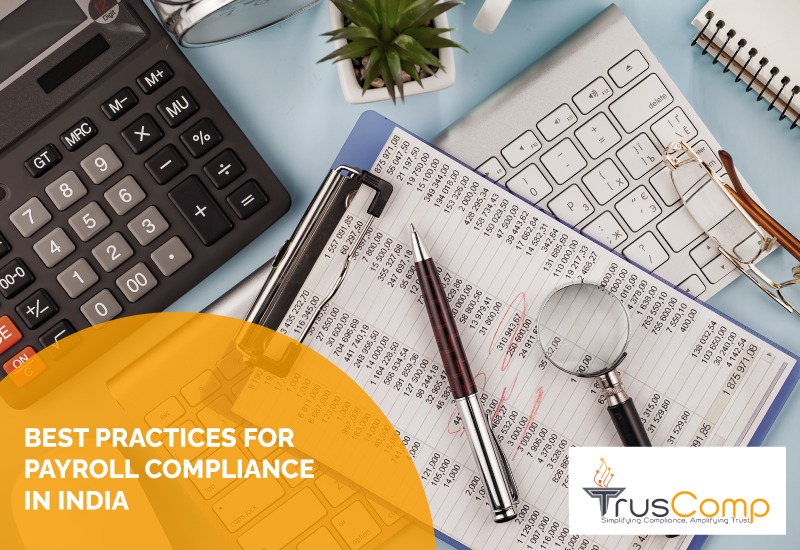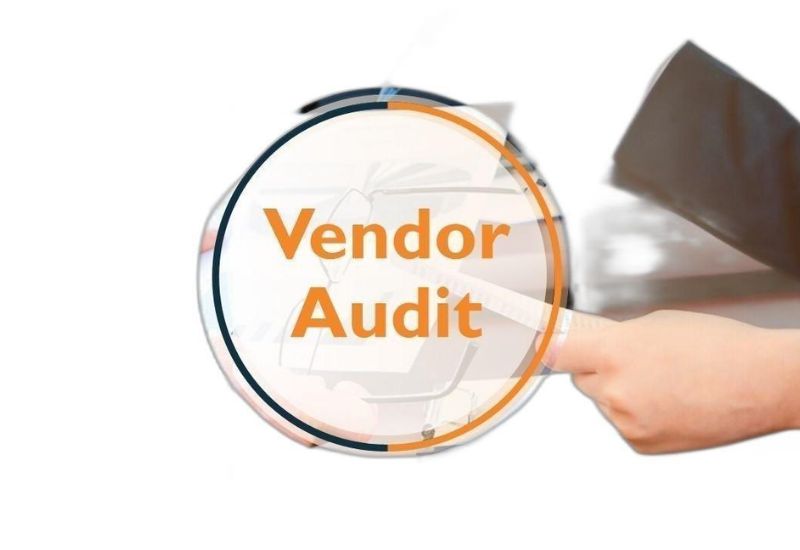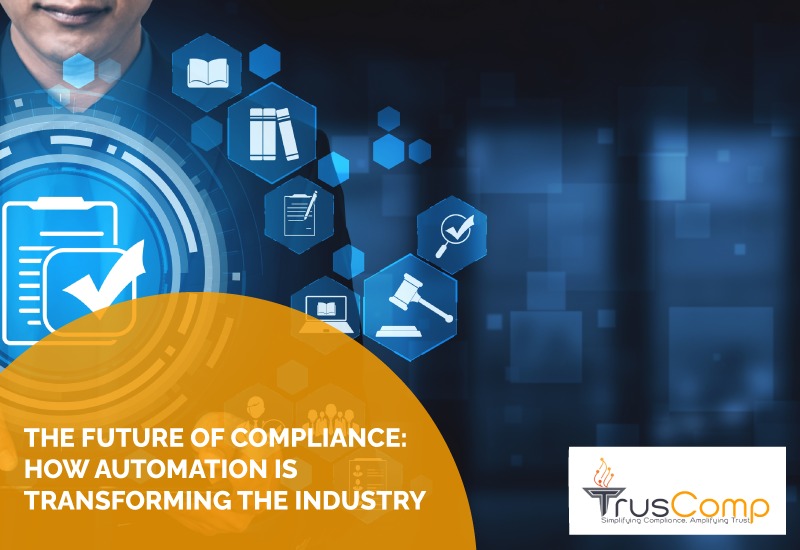Contractor compliance is a critical aspect of business operations. It ensures that contractors meet legal action requirements, adhere to safety regulations, and follow proper contractor management processes.
Failure to ensure contractor compliance can lead to severe consequences, including fines, reputational damage, and operational disruptions. Companies must implement contractor compliance management strategies to mitigate risks and maintain a safer work environment.
This guide covers best practices, risk mitigation strategies, and the role of contractor management software in streamlining compliance.
Understanding Contractor Compliance
Contractor compliance refers to ensuring that party contractors and vendors follow legal, safety, and operational requirements. It is an essential process in contractor management systems that helps businesses:
- Meet regulatory compliance by following labor laws and industry standards.
- Reduce liability risks by ensuring contractors operate legally.
- Improve contractor performance with structured compliance oversight.
- Create a safer work environment by enforcing health and safety regulations.
Businesses should have clear contractor compliance processes in place to manage contractors effectively and ensure contractor compliance at all levels.
Risks of Non-Compliance
Non-compliance with vendor compliance requirements can result in:
- Legal action – Regulatory fines, lawsuits, and contract cancellations.
- Financial penalties – Heavy fines for failing to meet compliance standards.
- Reputational damage – Loss of business opportunities due to non-compliance.
- Operational disruptions – Delays and inefficiencies in business processes.
- Workplace safety risks – Increased accidents and non-compliance with health and safety laws.
By adopting an effective contractor compliance process, businesses can prevent these risks and improve contractor safety standards.
Best Practices for Contractor Compliance Management
To ensure compliance, companies should integrate contractor compliance software and structured processes into their compliance management system.
1. Develop a Contractor Compliance Policy
- Define vendor compliance requirements clearly.
- Establish guidelines for contractor safety and workplace protocols.
- Include legal action clauses in contracts for non-compliance cases.
2. Implement a Robust Contractor Onboarding Process
- Verify contractor licenses, certifications, and insurance.
- Conduct background checks and compliance risk assessments.
- Use contractor management software to document compliance records.
3. Automate Compliance Tracking with Software
- Use contractor compliance management tools to monitor real-time compliance status.
- Automate alerts for license renewals, safety certifications, and contract deadlines.
- Centralize compliance records for audit readiness.
4. Conduct Regular Compliance Audits
- Schedule periodic internal and third-party audits.
- Identify gaps in contractor management processes.
- Take corrective actions to enhance compliance standards.
5. Provide Training on Safety Regulations
- Offer ongoing education on health and safety laws.
- Conduct training sessions on risk mitigation strategies.
- Keep contractors updated on compliance management system changes.
6. Monitor Contractor Performance Continuously
- Evaluate contractors based on compliance metrics and past performance.
- Track adherence to safety regulations and contractor safety protocols.
- Ensure contractor management systems align with industry best practices.

How Compliance Management Software Helps
Manual tracking of compliance is inefficient. Businesses should use contractor compliance software to:
- Automate contractor onboarding and document verification.
- Monitor compliance risk with real-time alerts and tracking.
- Streamline compliance reporting for regulatory audits.
- Ensure contractor compliance with instant notifications and corrective actions.
Choosing the Right Software
When selecting a contractor management software, look for:
- Customization options to match industry-specific requirements.
- Integration with existing systems for seamless data sharing.
- Real-time compliance tracking for proactive risk management.
Importance of Regular Compliance Audits
Audits are essential to manage contractors effectively and reduce compliance risks. A strong compliance management system includes:
- Routine inspections to check adherence to safety regulations.
- Comprehensive compliance reporting to track contractor performance.
- Corrective action plans for vendors failing to meet contractor management processes.
Companies should implement real-time compliance tracking to identify gaps early and avoid legal action.
Reporting and Resolving Compliance Issues
An effective contractor compliance process requires a clear reporting mechanism. Companies should:
- Set up an anonymous reporting channel for compliance concerns.
- Investigate non-compliance cases promptly and take corrective actions.
- Implement a structured response plan within their compliance management system.
Documentation of all compliance incidents helps businesses mitigate future risks.
Frequently Asked Questions (FAQs)
What is contractor compliance?
Contractor compliance ensures that party contractors follow safety regulations, legal action requirements, and business policies.
Why is contractor compliance important?
It prevents financial penalties, reputational damage, and legal action due to non-compliance.
How can businesses ensure contractor compliance?
By using contractor compliance software, conducting audits, and implementing compliance management systems.
What happens if a contractor fails a compliance check?
Businesses can withhold payments, terminate contracts, or take legal action.
What are the benefits of contractor compliance software?
It automates compliance tracking, streamlines reporting, and improves contractor management processes.
How often should compliance audits be conducted?
Audits should be done quarterly or annually, depending on vendor compliance requirements.
What are the risks of non-compliance?
Fines, lawsuits, contract terminations, and workplace safety hazards.
How can TrusComp help?
TrusComp provides contractor audit software that automates compliance tracking, risk mitigation, and real-time monitoring.
Conclusion: The Importance of a Proactive Compliance Strategy
- Businesses must manage contractors effectively using compliance management systems.
- Adopting contractor compliance software ensures real-time monitoring and risk mitigation.
- A structured contractor compliance management plan reduces legal liabilities and enhances contractor safety.



 by Helena Lopes (https://unsplash.com/@wildlittlethingsphoto)
by Helena Lopes (https://unsplash.com/@wildlittlethingsphoto)






